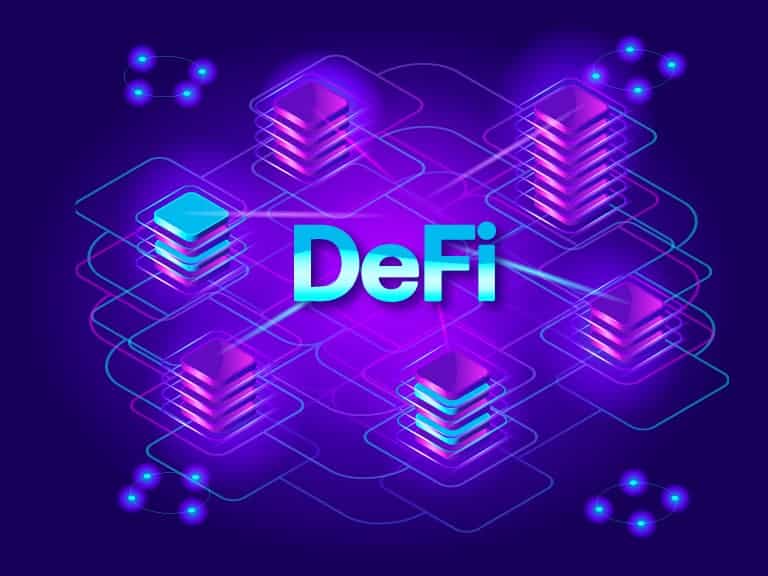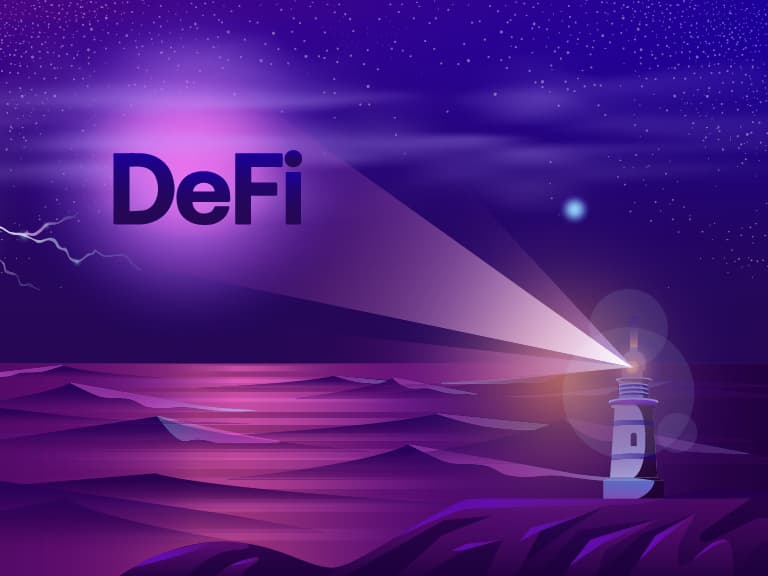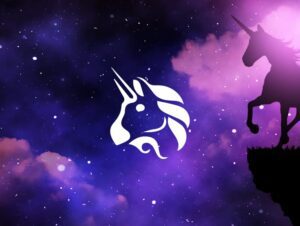
Table of Contents
ToggleIn this article we will comment on the main DeFi platforms that are driving decentralized finance to figures unthinkable months ago.
The DeFi ecosystem has experienced a significant increase in recent months, both in market capitalization figures and in money locked up in smart contracts. According to the DefiPulse website, the total blocked value within DeFi has already reached $12 billion.
This reflects the great interest that exists on the subject and that leads many people to wonder what decentralized finance is. Those who have been able to answer that question automatically want to know which are the main DeFi platforms where to invest, and that’s why we prepared this article.
It is necessary to clarify that these are only some of the projects that arise daily in a very changing ecosystem, which changes its main actors all the time.
Uniswap
Currently, this is undoubtedly the number one in the DeFi ecosystem, with a value of 2 billion dollars locked in its platform. According to defi pulse figures, it has a 22% dominance in the decentralized finance market.
Uniswap is focused on offering ERC-20 token exchange, which can be either stablecoins such as DAI or Tether, or other projects such as TRON, EOS and ETH itself.
Any ERC-20 token can be freely added to the platform and does not need to be endorsed by the platform. Each of these tokens has a smart contract and their availability depends on how much “liquidity” other people deposit.
Thus, on the one hand we have users trying to exchange tokens and others providing liquidity to Uniswap so that there are always tokens to exchange. These liquidity providers, by depositing their tokens in “liquidity pools“, receive a small fee for each transaction executed by others in that same crypto asset.
This mechanism allows for the decentralization of exchanges and converts Uniswap into a DEX (decentralized exchange) since there is no central entity that provides the necessary liquidity to buy cryptos, as is the case with centralized exchanges or CEX.
At the same time, thanks to the liquidity pools, Uniswap does not need the order books as it is usual in centralized exchanges since the purchase and sale orders are executed in a decentralized and automated manner.
If you want to know more about this platform, we recommend our exclusive article on What is Uniswap? in which we talk about its history and detail its operation.

MakerDAO
MakerDAO
Also known as Maker, it is a decentralized credit lending platform in ethereum based that works with DAI, a stable currency that is tied 1 to 1 to the dollar value.
In Maker it is possible to open what are called vaults, and to leave a guarantee as ETH or BAT that will serve us to issue DAI (this will work as debt before that guarantee).
As Mariano Di Pietrantonio (leader of Maker Latinomérica) once explained, it is as if you went to a pawn shop and left your grandfather’s watch as a guarantee (ETH, BAT, etc). In exchange for the watch you will get money (DAI). If you want to get the watch back, you will have to return the IAD, plus a small interest that helps to maintain the parity of the token.
But why do I want to have IADs? Among other things, you can put them to generate interest through DAI Savings Rate (DSR). A mechanism that consists of sending the IADs to a smart contract that after a certain period of time returns your IADs along with interest.
Maker also has its native token called MKR. This “governance token” allows holders to vote on certain platform criteria, such as what the level of the stability fee should be.
In addition, MKR holders also act as the last line of defense in case of a “black swan” event. If the value of the collateral throughout the system falls too low and too quickly, MKR is created and sold on the open market for further collateral, diluting the value for MKR holders.
AAVE
Aave is a non-custodial open source protocol on ethereum based that aims to decentralized application lending through cryptos. Both people who want to lend money or borrow money can take advantage of this great platform.
It is what is known as a Lending protocol and has many similarities with Maker. In order to understand AAVE, the most similar financial example would be that of a Mortgage.
AAVE allows to mortgage the list of assets that it has allowed, in such a way that it will allow us to ask for a loan leaving that asset as a guarantee.
If we approach a bank and we own a house, we can mortgage that house to get a loan. It is exactly the same, but in this case instead of leaving a house as collateral we will leave a digital asset.
In real life we don’t have the house a priori, we usually go to the bank to buy it, but the result is really the same. The bank has left us a loan and has that asset as a guarantee.
The main difference is that the interest rate we will pay does not depend on a central bank, but on the supply and demand of people willing to leave money to buy houses. In the traditional case, only the bank can lend us money and in these protocols any person can participate as a lender and receive an interest for it.
This was a quick review of the main DeFi platforms. If you have been interested in the article do not hesitate to explore more interesting projects such as Synthetix, dYdX, Chainlink, Curve, Compound, Yearn Finance, etc.
You can also join our Telegram community, where we talk about DeFi and other topics of the crypto environment.







